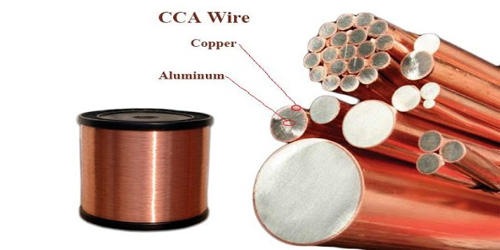A new study led by Lancaster University engineers reveals a method for producing renewable biofuel additives that involve the use of radiation derived from nuclear waste.
The renewable proportion of gasoline is expected to rise to 20% in the coming years, implying that the discovery of a new production pathway for these additives could aid in the fight to reduce carbon dioxide emissions and combat climate change. Engineers propose a nuclear biorefinery to produce one such additive, solketal, using waste from both the biochemical and nuclear industries.
Engineers at Lancaster University have led research that has discovered a method to generate renewable biofuel additives using radiation derived from nuclear waste. Engineers propose a process to generate one such additive, solketal, using waste from both the biochemical and nuclear industries in the research paper titled ‘Nuclear-driven production of renewable fuel additives from waste organics,’ which was published in the science journal Communications Chemistry. This process is referred to as a nuclear biorefinery.
Arran Plant, a Ph.D. researcher at Lancaster University, stated: “This study presents a novel breakthrough in which radiation derived from nuclear waste is used to create renewable biofuel additives from biodiesel waste, which can then be used in modern petroleum fuel blends. With the renewable proportion of petroleum-derived fuels expected to rise from 5% to 20% by 2030, fuel additives sourced in this manner could help meet net-zero carbon emission targets.”
The renewable proportion of petrol is set to increase to 20 percent over the coming years, meaning the discovery of a new production pathway for these additives could help in the fight to cut carbon dioxide emissions and tackle climate change.
According to Malcolm Joyce, Professor of Nuclear Engineering at Lancaster University: “Co-generation with nuclear energy, for example, using heat alongside the production of electricity, is an important area of current research. We set out to see if radiation could provide a similar opportunity, and we discovered that it can: in this case, producing a low-carbon fuel additive.”
Dr. Vesna Najdanovic, a biofuels expert at Aston University and previously at Lancaster University, stated: “I am ecstatic about our research because it reveals a novel method for processing waste from the biodiesel industry using spent nuclear energy. This green technology will pave the way for waste to be used as a resource for the production of valuable chemicals and biofuels.”
Reliable, low-carbon energy from nuclear or biofuels is essential to many carbon-reduction strategies; however, nuclear plants have high upfront costs, and biodiesel production generates waste glycerol, which has few secondary uses. Using ionizing radiation to create raw materials from waste glycerol could diversify nuclear energy use while also making good use of biodiesel waste.

Researchers have discovered that leftover energy from spent nuclear fuel can be used to create a radiation-induced catalyst with a short lifetime. This catalyst aids in the production of both solketal and acetol. Once fully set up, this process eliminates the need for costly and energy-intensive steps such as pH changes, high temperatures, high pressures, or additional catalytic reagents, with negligible ongoing radiation-processing costs.
Solketal is a new fuel additive that boosts fuel octane and reduces gum formation, preventing irregular fuel combustion (knocking) and engine efficiency losses while also lowering particulate emissions. Meanwhile, acetol can be used to make other useful chemicals such as propylene glycol and furan derivatives, or it can be used as a dyeing agent in textile manufacturing.
Taking into account the scalability of this process to existing nuclear facilities in Europe (such as spent fuel pools or modern Pressurized Water Reactors), researchers hypothesized that nuclear co-production could generate 104 tonnes of solketal per year. This would amount to a significant amount of usable fuel blend per year.
By 2030, the renewable proportion of commercial petroleum blends is expected to increase by 5% to 20% v/v, and it was recently announced that E10 petrol will be adopted as the standard grade in the UK. In this context, nuclear-powered, biomass-derived solketal could contribute to net-zero emissions targets by combining low-carbon co-generation and co-production.
















